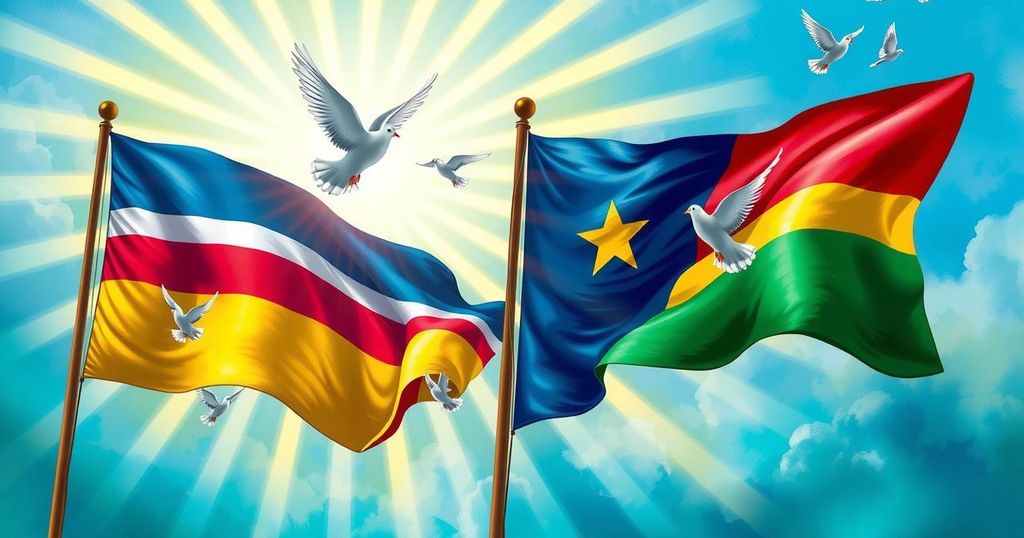Trump Signs Peace Accord Ending 30 Years of Conflict Between Rwanda and Congo
- President Trump signs peace deal ending 30 years of conflict.
- Accord aims to restore dignity and safety to affected populations.
- Senators urge enforcement and humanitarian assistance for the region.
- Treaty recognizes territorial borders and targets militias jointly.
- 7 million people are reported displaced due to ongoing violence.
Historic peace accord signed between Rwanda and Congo
On June 27, President Donald Trump marked a significant moment in international diplomacy by signing a peace accord aimed at finally bringing an end to a decades-long conflict between Rwanda and the Democratic Republic of Congo (DRC). Labeling the war as one of the most tragic events of our time, Trump emphasized the staggering toll in human life, noting that over 6 million people have lost their lives during this protracted struggle. The peace agreement, officially titled the Washington Accords, was celebrated in a signing event held in the Oval Office, alongside high-level officials from both nations: Congolese Foreign Minister Therese Kayikwamba Wagner and Rwandan Foreign Minister Olivier Nduhungirehe.
Significance of U.S. involvement in the negotiations
With U.S. Secretary of State Marco Rubio present, the administration highlighted the extensive negotiations that began back in April, showcasing the importance of diplomatic channels in resolving long-standing conflicts. Highlighting the U.S.’s role in fostering peace in the region, Trump expressed hope for a revival of stability within the war-torn territories. For the Congolese and Rwandan representatives, the signing of this agreement symbolizes a painful but necessary step towards healing, with Nduhungirehe calling it a “remarkable milestone” and urging the U.S. to actively support the enforcement of the treaty. Wagner also noted the long wait for this moment, asserting that while the scars of war may not disappear, the agreement could restore safety and dignity to countless families affected by the violence.
Challenges ahead for peace implementation
The treaty outlines a framework for peace that includes mutual respect for territorial integrity and a commitment from both sides not to support armed groups. Moreover, a special joint security mechanism is to be established, targeting any existing militias that threaten stability. As insecurity continues in the region, where an estimated 7 million have been displaced from their homes due to violence, there is widespread consensus on the necessity for effective implementation of the agreement. Prominent Democratic senators voiced their encouragement for humanitarian assistance and the need for all international partners to ensure compliance with the terms set forth in the accord, calling it crucial for shaping the future of eastern Congo. Meanwhile, the humanitarian crisis continues to escalate, with reports indicating that M-23 rebels have received Rwandan support, further complicating the delicate peace process.
The peace accord signed by President Trump brings hope for a much-needed resolution to the long conflict between Rwanda and the Democratic Republic of Congo. Emphasizing U.S. involvement and commitment, both parties have a long road ahead to ensure the success of this agreement. As they begin this journey, the critical role of enforcement, along with continued humanitarian aid, cannot be overstated.




Post Comment